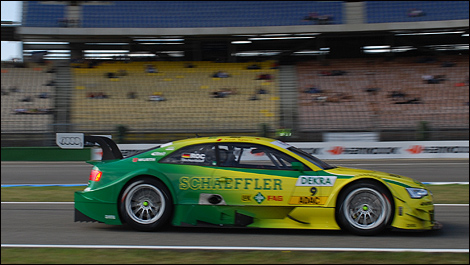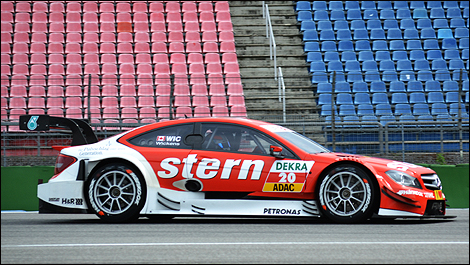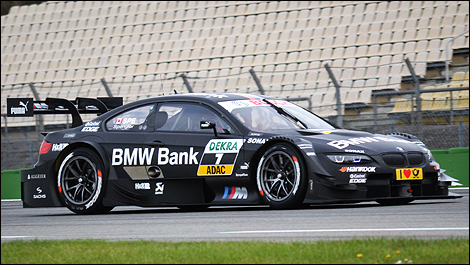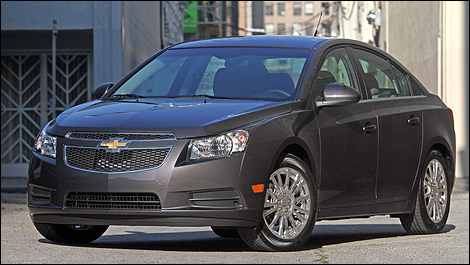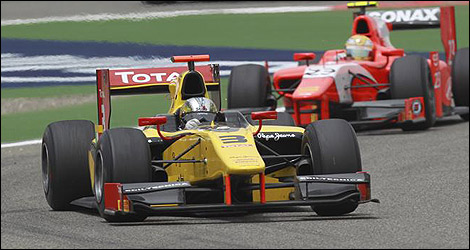From GMM
Two teams deployed a quiet 'trick' in Bahrain in order to exploit a loophole in the long-life gearbox rules, a specialist publication claims.
Williams' Pastor Maldonado had to move five places back on the grid last Sunday because a fault in his gearbox was discovered after the Chinese grand prix.
A cost-saving rule in F1 requires gearboxes to last five consecutive grands prix, with unscheduled changes met with the penalty.
But some gearbox problems "can be simulated for tactical reasons", read a report in Germany's
Auto Motor und Sport.
So why would a team do that?
Whilst he was struggling out of the points during the Bahrain grand prix, Williams decided to pull the sister FW34 driven by Bruno Senna out of the race.
"I started feeling a lot of vibration in the brake pedal," said the Brazilian, "and the decision was made to pit to avoid risking an accident."
But
Auto Motor und Sport contends: "His retirement was tactical."
The publication said a manufacturing defect was discovered on both Williams cars ahead of the Bahrain weekend, with a fix not set to be in place until Barcelona.
The loophole in the long-life gearbox rule is that genuine retirements - for whatever reason - are not further penalised on the grid of the next race, even if a gearbox is changed out of sequence.
McLaren's Jenson Button also did not see the chequered flag in Bahrain.
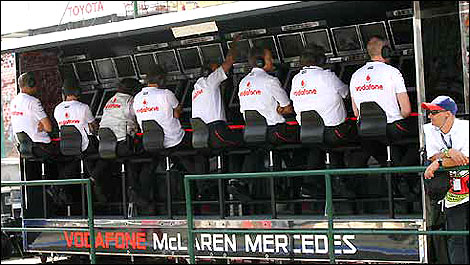 |
| Photo: WRi2 |
Whilst running in the points a few laps before the end, the Briton had to pit due to puncture, probably caused by a broken and noisy exhaust that was blowing hot gases onto the tire.
"A lap later, despite setting a personal best in sector two, Button was back in the pits," said
Auto Motor und Sport.
The official explanation was a differential problem, but Auto Motor und Sport claims the retirement, like Senna's, was "probably for tactical reasons".
"Button was in 13th place, with no hope of breaking into the points."
The retirement means he can now take on a fresh gearbox for Barcelona, without penalty. This could have an added benefit, journalist Michael Schmidt contends, because McLaren is planning modifications at the rear of the car that require a new gearbox shape.
Without the tactical retirement in Bahrain, Jenson Button would have had to wait until Monaco for the new gearbox.
Meanwhile, Michael Schumacher took a five-place grid penalty in Bahrain due to Mercedes having to break the seal on his gearbox prior to the race.
He can therefore have a complete gearbox change for Barcelona, which according to Auto Motor und Sport is an all-new carbon housing design that is lighter, which should improve the W04's treatment of the Pirelli tires.
Teammate Nico Rosberg must wait until Monaco before he can use the new 'box.
 The latest auto news, reviews, prices, product and vehicle releases.
The latest auto news, reviews, prices, product and vehicle releases. 
